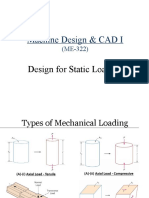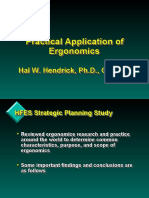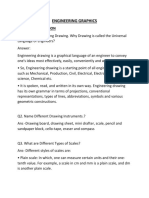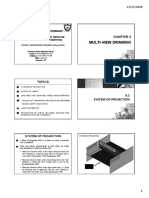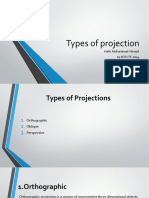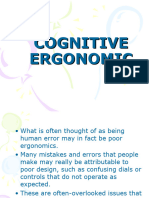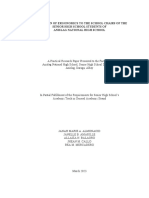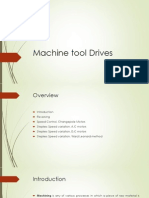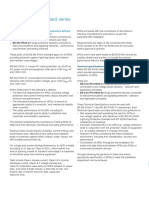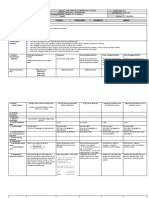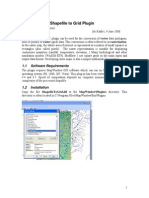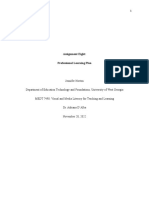100% found this document useful (1 vote)
715 views18 pagesProduct Design Ergonomics PDF
The document discusses ergonomics considerations for designing various spaces in an innovation hub. It defines ergonomics as designing for efficient and safe human interaction. Anthropometry is important for ensuring furniture dimensions match human proportions. The thesis topic is on ergonomics of working, learning, presentation, interaction and recreational spaces in an innovation hub. Guidelines are provided for adjustable seating and standing desks in working areas. Learning spaces should have comfortable seating. Seminar halls should have supportive seating for long periods. Informal spaces should accommodate various postures. Landscape and cafeteria seating should enable social interaction. Proper lighting is also discussed.
Uploaded by
Soumith SunnyCopyright
© © All Rights Reserved
We take content rights seriously. If you suspect this is your content, claim it here.
Available Formats
Download as PDF, TXT or read online on Scribd
100% found this document useful (1 vote)
715 views18 pagesProduct Design Ergonomics PDF
The document discusses ergonomics considerations for designing various spaces in an innovation hub. It defines ergonomics as designing for efficient and safe human interaction. Anthropometry is important for ensuring furniture dimensions match human proportions. The thesis topic is on ergonomics of working, learning, presentation, interaction and recreational spaces in an innovation hub. Guidelines are provided for adjustable seating and standing desks in working areas. Learning spaces should have comfortable seating. Seminar halls should have supportive seating for long periods. Informal spaces should accommodate various postures. Landscape and cafeteria seating should enable social interaction. Proper lighting is also discussed.
Uploaded by
Soumith SunnyCopyright
© © All Rights Reserved
We take content rights seriously. If you suspect this is your content, claim it here.
Available Formats
Download as PDF, TXT or read online on Scribd
/ 18






